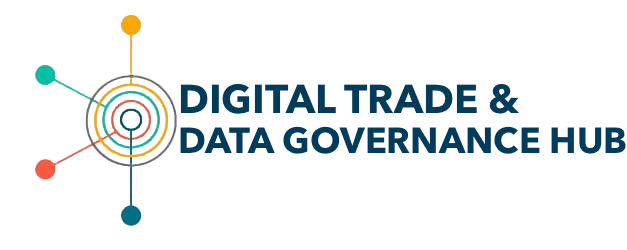A New Generation Artificial Intelligence Development Plan(2017)
(Translation provided by New America)
Overview of the strategy
China’s AI plan has four basic principles:
1. Technology-led. Through long-term support, strive to lead in transformational and disruptive breakthroughs in methods, tools, and systems for AI
2. System layout. Systematically develop a targeted strategy taking advantage of the socialist system to concentrate resources to undertake major AI projects
3. Market-dominant. Accelerate the commercialization of AI technologies to create competitive advantage. Utilize the government in planning, policy support, security, market regulation, and ethical regulation
4. Open-Source and Open. Promote open-source sharing between industry and academia. Promote collaboration between military and civilian entities to achieve technological innovation.
Three steps to achieve this:
Step1: By 2020, China should have made major progress in advancing AI models and methods, be competitive in AI at the global level, and establish AI ethical norms, policies, and regulations in some areas.
Step2: By 2025, China should have made major breakthroughs in AI technologies and theory becoming a world leader in AI. China should have the initial establishment of laws and regulations, ethical norms, and AI security assessments in place.
Step3: By 2030, China should be the world’s primary leader in AI with multiple AI technology innovations and personnel training centers.
China’s AI Open Source Software Development League has also put out a strategy on how to boost China’s standing in AI open source. The strategy has three main parts:
1. Adopt and participate in AI open source
2. Lead locally on AI open source such as natural language processing for the Chinese language
3. Lead the trend in AI open source and emphasize systems to evaluate AI open source
Data governance in the strategy
- Does the AI plan mention data governance?
Yes
- Does the AI plan discuss open public data?
Yes; key policy recommendations include the implementation of open data policies and launching open public data reform pilots.
- Does the AI plan discuss proprietary data?
No
- Does the AI plan discuss personal data?
Yes; the strategy seeks to increase management and disciplinary efforts aimed at the abuse of data and violations of personal privacy.
- Does the AI plan discuss the mixing of data (hybrid)?
No
- Has the government consulted with the public on its AI strategy?
No
